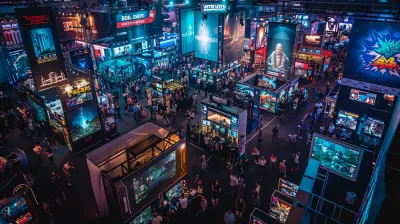Early Access Games That Took the World by Storm
15 September 2025
Let’s be real for a second—early access games are like jumping onto a rollercoaster before the final safety checks. You know it’s going to be rough, maybe even a little buggy, but the promise of adrenaline and excitement? Totally worth it. Over the past decade, game developers have increasingly turned to early access programs to fund development, gather community feedback, and deliver playable versions way before the official release. And guess what? Some of these games didn’t just survive in early access—they absolutely exploded in popularity.
In this article, we're diving deep into the early access titles that broke boundaries, captured hearts, and proved that even half-baked dough can become gourmet bread. So, buckle up. It’s going to be a wild ride through gaming history.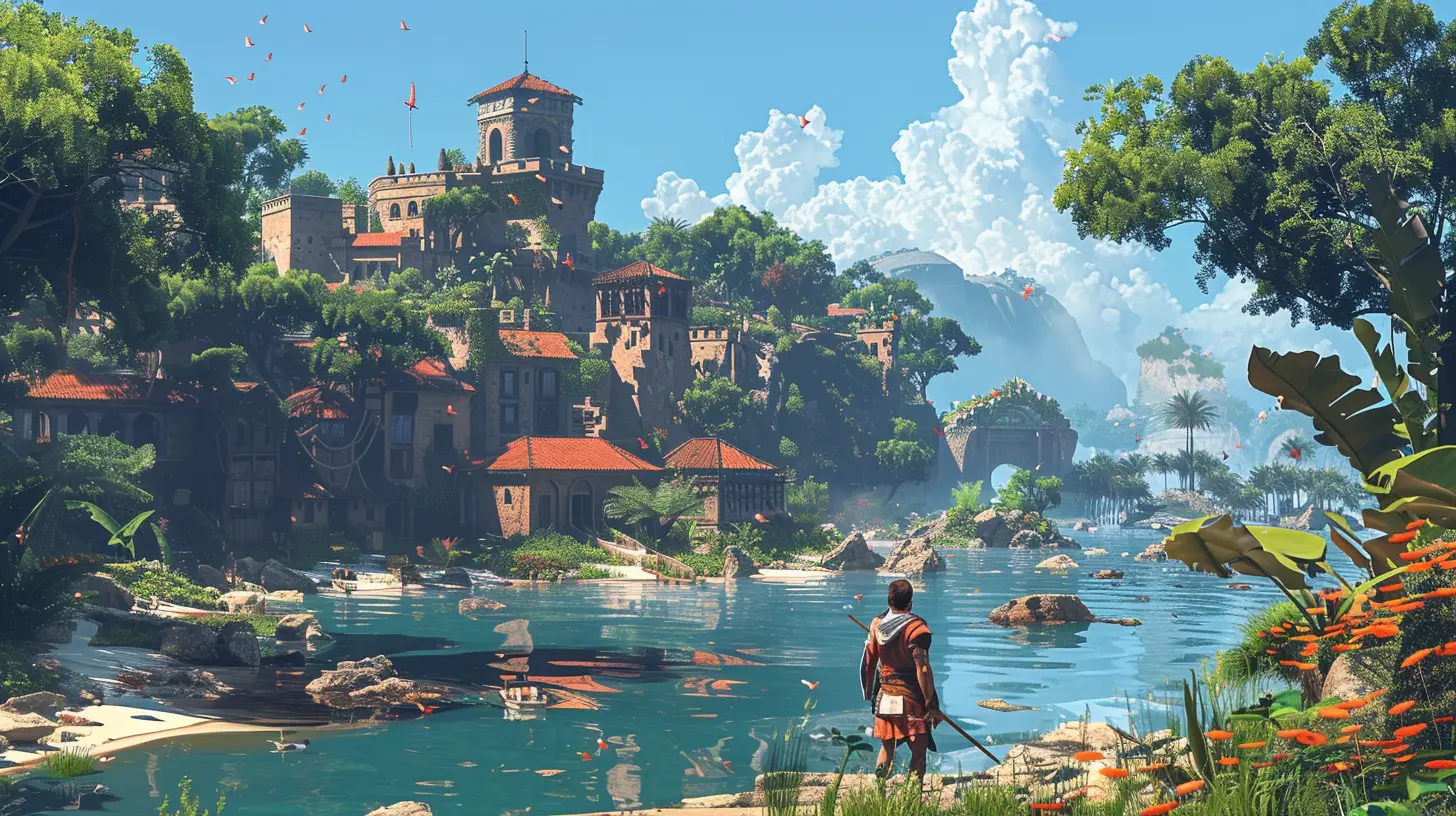
What is an Early Access Game, Anyway?
Before we get too deep, let’s clear the air. What exactly qualifies as “early access”?In simple terms, early access is a funding model where players can purchase and play a game that’s still in development. It’s like getting a backstage pass before the band even knows what songs they’re playing. You’re not just a gamer—you’re part of the creation process.
Why does this matter? Because you're investing in potential. Sometimes you'll get burned, but other times, you strike gold.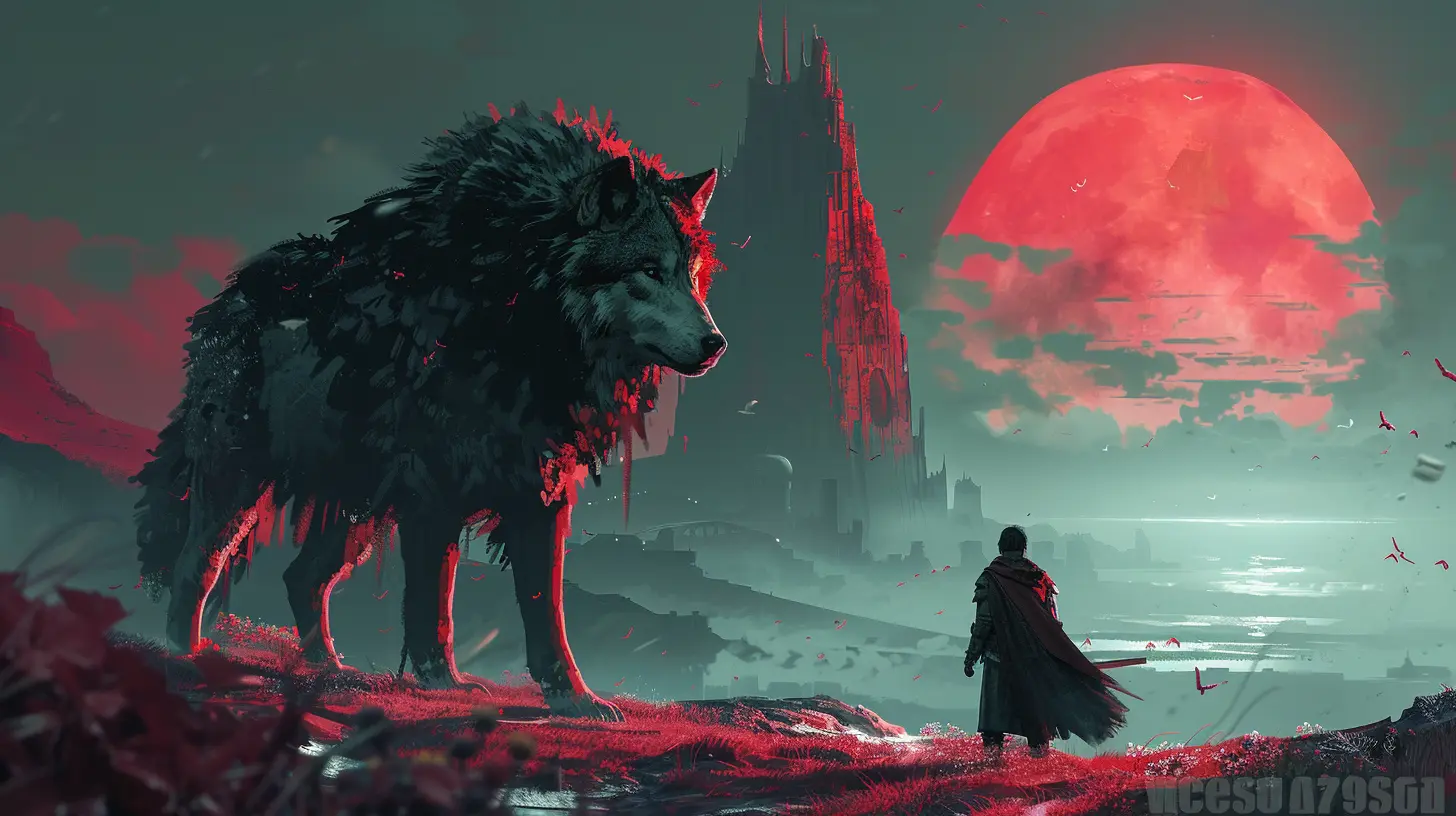
Why Early Access Works (Sometimes)
Early access usually isn’t for the faint-hearted. You’re jumping into a title that’s buggy, unbalanced, or missing major features. But there’s magic in the madness. Developers get real-time feedback and financial support while players get to shape the game’s direction.When it works, it really works. Now, let’s talk about the early access games that absolutely took the world by storm.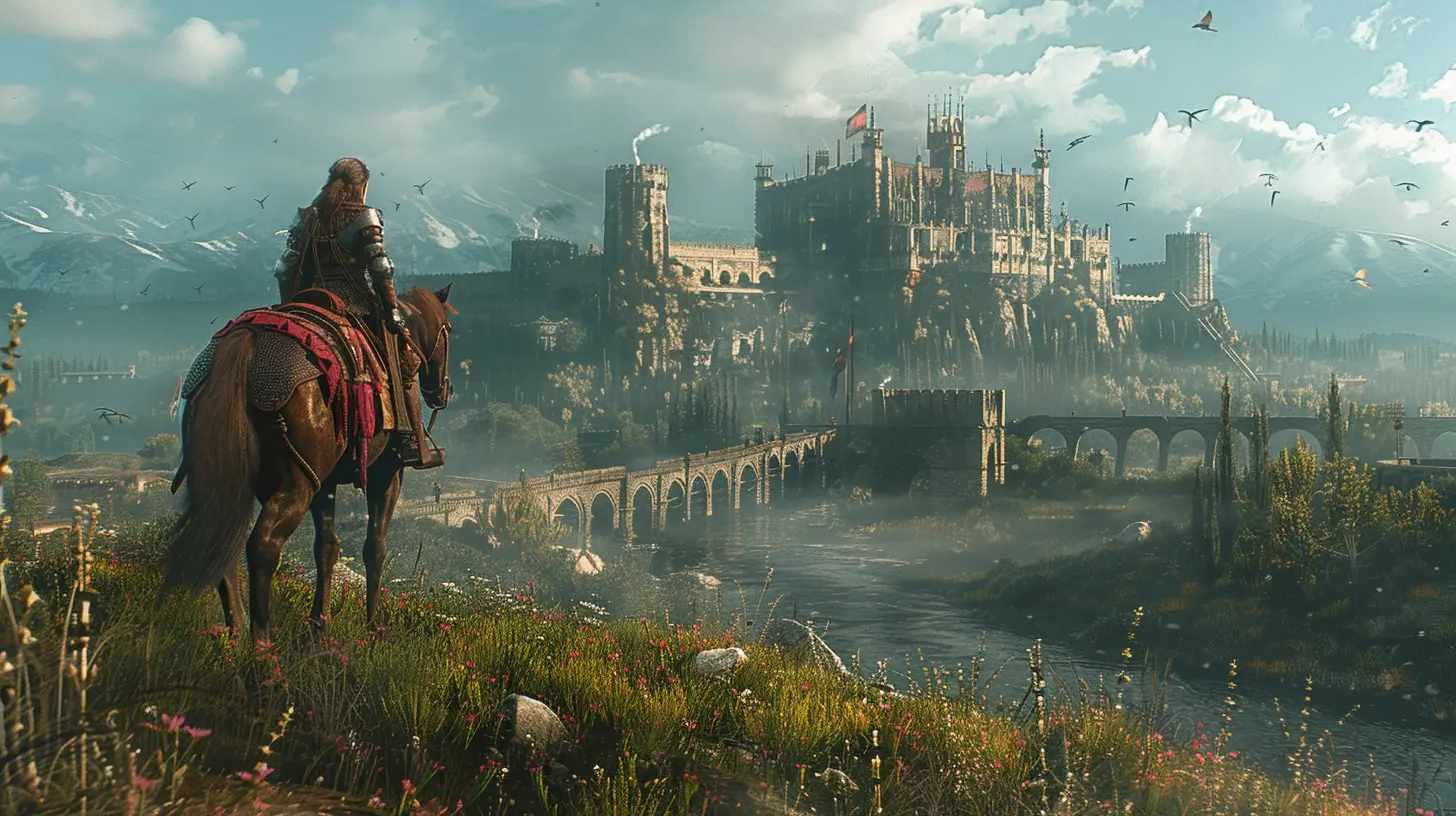
1. Valheim – Vikings and Victory
When Valheim hit Steam Early Access in early 2021, expectations were modest. Developed by a tiny Swedish team called Iron Gate Studio, this Norse mythology-inspired survival game came out swinging with its low-poly aesthetics and deep, immersive mechanics.What made it blow up?
- Smooth Performance: Even in early access, the game ran better than some AAA titles.
- Endless Exploration: Huge procedurally generated worlds, multiple biomes, mysterious bosses.
- Co-op Magic: You could explore with up to 10 friends, and let’s be honest—building a Viking longhouse hits different when you're doing it with your squad.
Within two months, Valheim sold over 5 million copies. It was rough around the edges, sure, but it was also wildly fun.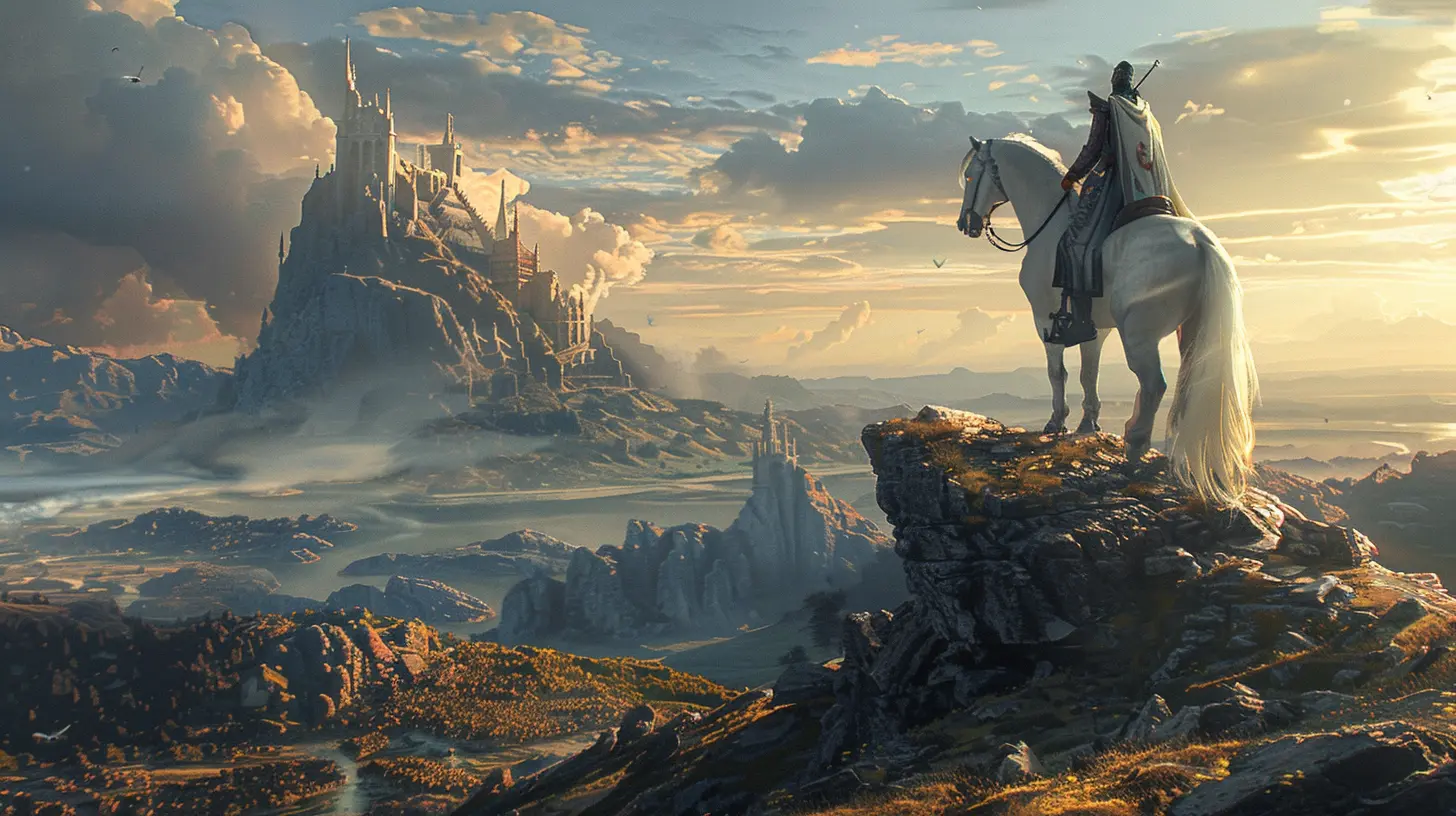
2. Hades – Godlike Gameplay
Now here’s a twist: Supergiant Games, known for Transistor and Bastion, launched Hades on early access in late 2018. While early access is often associated with indie devs scrambling for funds, Supergiant used this model to polish the game through community feedback.So, why did it make waves?
- Replayability: You die, you learn, you go again. Each run feels new.
- Narrative Depth: This game managed to weave fresh storylines through every single death.
- Combat Fluidity: Fast, rewarding, and as smooth as butter.
By the time Hades officially launched in 2020, it was already a masterpiece. It won multiple Game of the Year awards and set a new standard for early access execution.
3. PUBG – A Battle Royale Boom
Who could forget PlayerUnknown’s Battlegrounds? Released in early access in March 2017, PUBG basically kickstarted the modern battle royale craze.You’d drop into an island with 99 strangers, scramble for guns, and try not to die. Nerve-wracking? Absolutely. Addictive? You bet.
What set PUBG apart was its:
- Raw, Tactical Gameplay: No flashy gimmicks—just you, your instincts, and a frying pan.
- High Stakes: The shrinking circle mechanic created constant tension.
- Streamability: Perfect for Twitch, which helped it go viral fast.
Despite bugs and jank, PUBG peaked at over 3 million concurrent players on Steam. That's not just popular—that’s historic.
4. ARK: Survival Evolved – Dinosaurs + Chaos
Released in early access in June 2015, ARK: Survival Evolved offered a unique pitch: Survive on an island filled with dinosaurs. Sounds epic, right?It was, but it was also… kind of a mess.
- Glitches Galore: Taming a T-Rex was thrilling—until you clipped through the map.
- Massive Updates: Devs dropped content constantly, including sci-fi elements, underwater caves, and even dragons.
- Modding Community: Players built insane custom maps and game modes.
Despite being rough and resource-hungry, ARK built a loyal fanbase. When the full version launched in 2017, it had already solidified its place in survival gaming history.
5. Subnautica – Underwater Wonder
Subnautica launched in early access in 2014 and turned heads with its breathtaking underwater exploration.This wasn’t your typical survival game. It was moody. Atmospheric. A bit terrifying.
Why did people love it?
- Immersive Environment: You felt like you were really deep-sea diving.
- Unique Threats: Forget zombies—giant alien sea creatures will haunt your dreams.
- Meaningful Progression: From wreckage to high-tech sea base, your journey felt real.
Subnautica's blend of beauty and terror kept players hooked, and its success even led to a standalone expansion, Below Zero.
6. RimWorld – Sci-Fi Sim Meets Chaos
RimWorld dropped into early access back in 2013, and let’s just say… no two playthroughs are ever the same.It’s a colony simulator where your ragged band of survivors tries to thrive on an alien planet. Simple premise, right? Not quite.
Why the buzz?
- Emergent Storytelling: Every rabbit attack or pirate raid turns into a tale.
- Mods Galore: The modding scene made it endlessly replayable.
- AI Storyteller: A system that controls the game’s events based on your playstyle.
By the time it fully released in 2018, RimWorld had already achieved cult status.
7. Rust – Kill or Be Killed
Few early access games capture the raw brutality of online survival like Rust.Released in 2013, this game dropped you naked into the wild with a rock and one objective: Stay alive.
What made Rust thrive?
- Unforgiving PVP: Trust nobody. Seriously.
- Base Building: Constructing elaborate compounds became an obsession.
- Unique Interactions: The in-game voice chat led to iconic betrayals, alliances, and banter.
Despite a reputation for being toxic, Rust's community (and its drama) fueled its rise. Even years later, it continues to evolve with massive updates.
8. The Forest – Horror Meets Crafting
The Forest hit early access in 2014 and blended survival mechanics with psychological horror. You weren’t just building shelters—you were fending off terrifying cannibals.What made it shine?
- Creepy Atmosphere: The silence was often louder than the screams.
- Co-op Mayhem: Everything’s scarier—and funnier—with friends.
- A Real Story: Unlike many survival games, it had a proper narrative that kept you playing.
By the time it launched in 2018, it had racked up millions of downloads and a fierce fanbase.
Lessons from These Early Access Success Stories
So, what’s the secret sauce for early access domination? There’s no one-size-fits-all, but a few key themes pop up:- Engaged Development: Devs who listen to their communities win hearts.
- Solid Core Gameplay: Even if it’s buggy, the core loop has to be fun.
- Regular Updates: Momentum matters. Keep the hype alive.
- Streamability: Games that look wild on Twitch get attention fast.
The biggest takeaway? Gamers are willing to forgive a lot if the game shows promise and progress.
The Flip Side: When Early Access Goes Wrong
Of course, not every early access title lives the dream. For every Valheim, there’s a No Man’s Sky (initially), or a DayZ—games that launched hot but lost steam due to delays, broken updates, or unfulfilled promises.But even some of those stories eventually turned around. (No Man’s Sky, for one, redeemed itself in a big way.)
Final Thoughts: The Power of Player-Driven Development
Early access is like baking bread with 10 million chefs. It’s chaotic, messy, and sometimes on fire—but when it works? The results can change the gaming landscape.These games didn’t just succeed—they reshaped their genres, built massive communities, and proved that involving players early can be a gamechanger. Whether you're into battling gods, surviving with dinosaurs, or just building a shack before nightfall, early access has something wild to offer.
So next time you see that little “Early Access” tag, don’t run. It might just be the next big thing—and you could be there at ground zero.
all images in this post were generated using AI tools
Category:
Early Access GamesAuthor:

Madeleine McCaffrey
Discussion
rate this article
1 comments
Gwen Pratt
Potential unveiled, dreams realized—unexpected triumphs.
September 16, 2025 at 2:58 PM

Madeleine McCaffrey
Thank you! It’s amazing to see how early access can transform potential into remarkable success stories.
